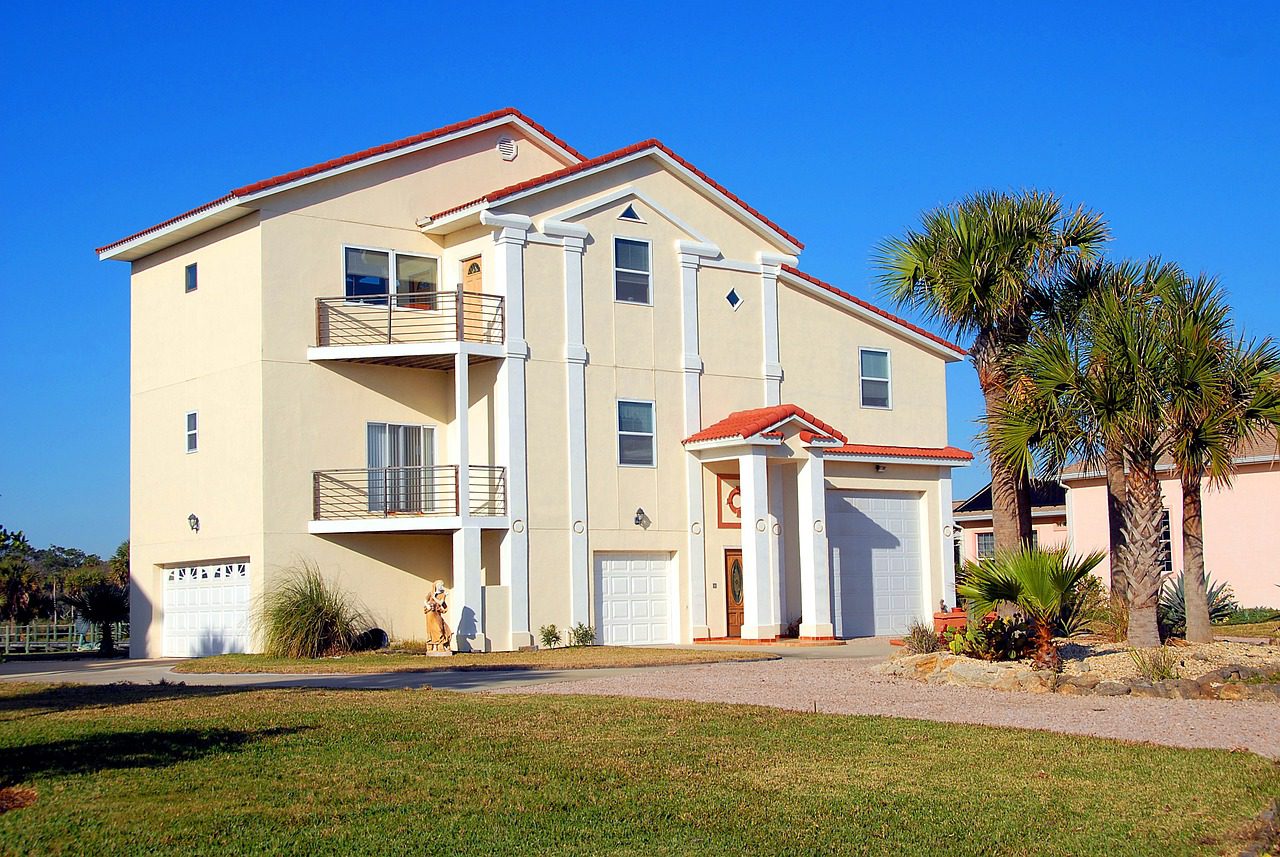As a landlord, one of your primary responsibilities is to ensure that your rental property provides habitable living conditions for your tenants. Not only is it a legal requirement under California law, but it is also essential to maintain the health and safety of your tenants. Failing to provide habitable conditions can result in legal disputes, financial damages, and even the loss of your rental property. In this article, we will explore the importance of maintaining habitable conditions in California rental properties, the legal requirements, and the consequences of failing to do so.
What are habitable conditions?
Habitable conditions refer to the basic necessities that are required to maintain a safe and healthy living environment. These include:
- Adequate heating, ventilation, and insulation
- Safe and functional electrical, plumbing, and gas systems
- Clean and sanitary living conditions, including working appliances and fixtures
- Safe and functional locks on all exterior doors and windows
- Protection from environmental hazards, such as lead, mold, and asbestos
Why are habitable conditions important?
As a landlord, it is your responsibility to provide your tenants with a safe and healthy living environment. Maintaining habitable conditions not only ensures the well-being of your tenants but also protects you from potential legal disputes or financial damages.
Failure to maintain habitable conditions can result in legal action from your tenants. In California, tenants have the right to file a complaint with the local housing authority or take legal action against their landlord for failing to maintain habitable conditions. This can result in costly fines, legal fees, and potentially losing your rental property.
Additionally, failing to maintain habitable conditions can lead to a decrease in property value and difficulty in finding new tenants. A reputation for neglecting habitable conditions can also deter potential tenants from renting your property, resulting in a loss of income.
What are the legal requirements for maintaining habitable conditions?
Under California landlord-tenant law, landlords are required to maintain habitable conditions in their rental properties. This includes the following:
- Providing adequate heating, ventilation, and insulation: The rental property must have a functioning heating system capable of maintaining a minimum temperature of 68 degrees Fahrenheit in all habitable rooms. Additionally, the property must have adequate insulation to prevent heat loss.
- Safe and functional electrical, plumbing, and gas systems: All electrical, plumbing, and gas systems must be safe and functional. This includes providing hot and cold running water, functioning toilets, and safe electrical wiring.
- Clean and sanitary living conditions: The rental property must be free from debris, garbage, and other hazards that can affect the health and safety of tenants. Additionally, all appliances and fixtures, including sinks, showers, and toilets, must be in working condition.
- Safe and functional locks on all exterior doors and windows: The rental property must have locks on all exterior doors and windows that are safe and functional.
- Protection from environmental hazards: The rental property must be free from environmental hazards, such as lead, mold, and asbestos.
What are the consequences of failing to maintain habitable conditions?
Failing to maintain habitable conditions can result in legal action from your tenants. In California, tenants have the right to file a complaint with the local housing authority or take legal action against their landlord for failing to maintain habitable conditions. This can result in costly fines, legal fees, and potentially losing your rental property.
Additionally, failing to maintain habitable conditions can lead to a decrease in property value and difficulty in finding new tenants. A reputation for neglecting habitable conditions can also deter potential tenants from renting your property, resulting in a loss of income.
Conclusion
Maintaining habitable conditions in your California rental properties is crucial for the health and safety of your tenants and to avoid potential legal disputes or financial damages. As a responsible landlord, it is your duty to ensure that the property is free from hazards and provides basic necessities such as heating, ventilation, and sanitation. By prioritizing habitable conditions, you can protect your tenants and your rental property, while also building a positive reputation as a landlord who values the well-being of their tenants. Remember, a habitable property is not only a legal requirement but also an essential component of being a successful and responsible landlord.

As the editor of the blog, She curate insightful content that sparks curiosity and fosters learning. With a passion for storytelling and a keen eye for detail, she strive to bring diverse perspectives and engaging narratives to readers, ensuring every piece informs, inspires, and enriches.










